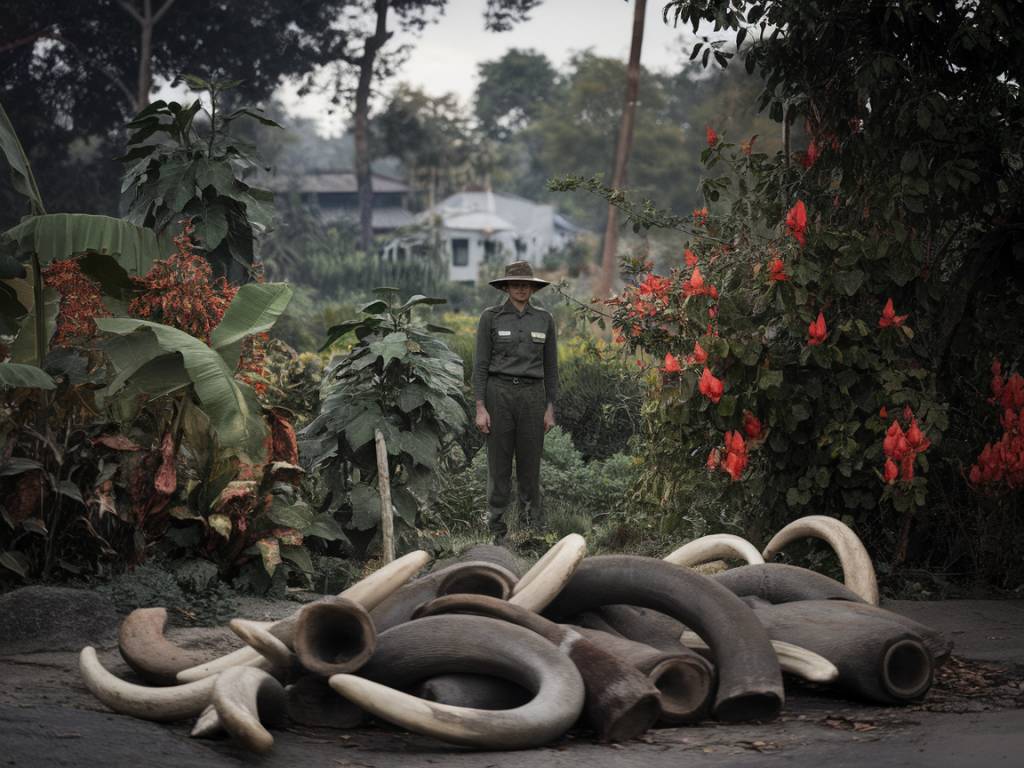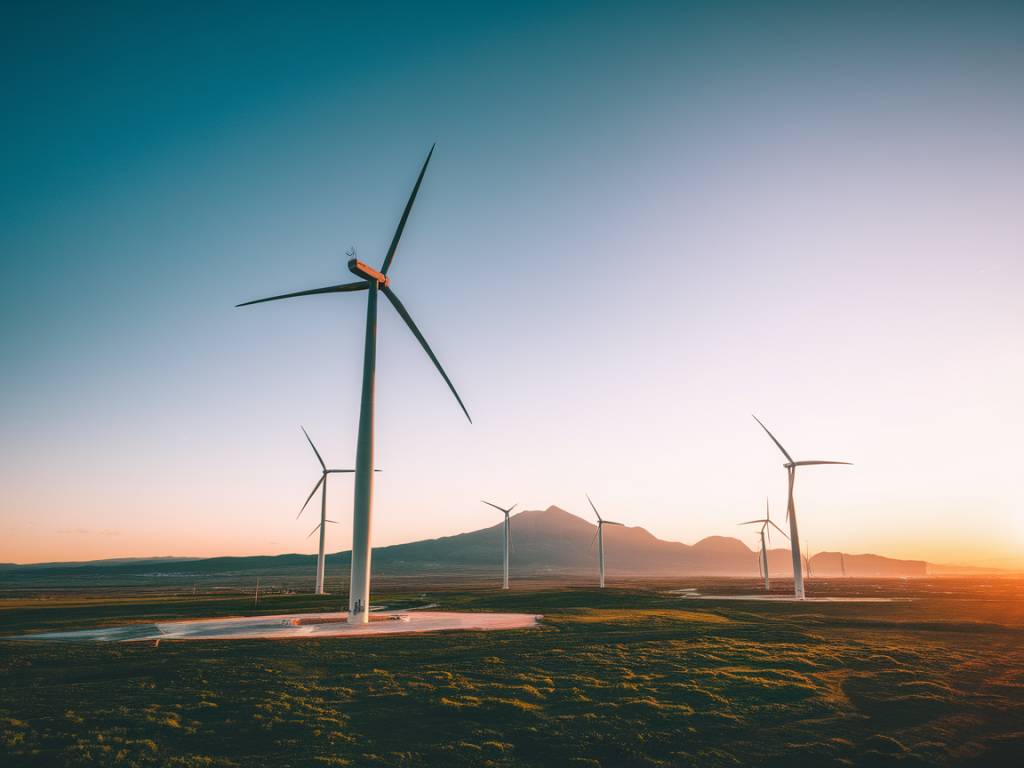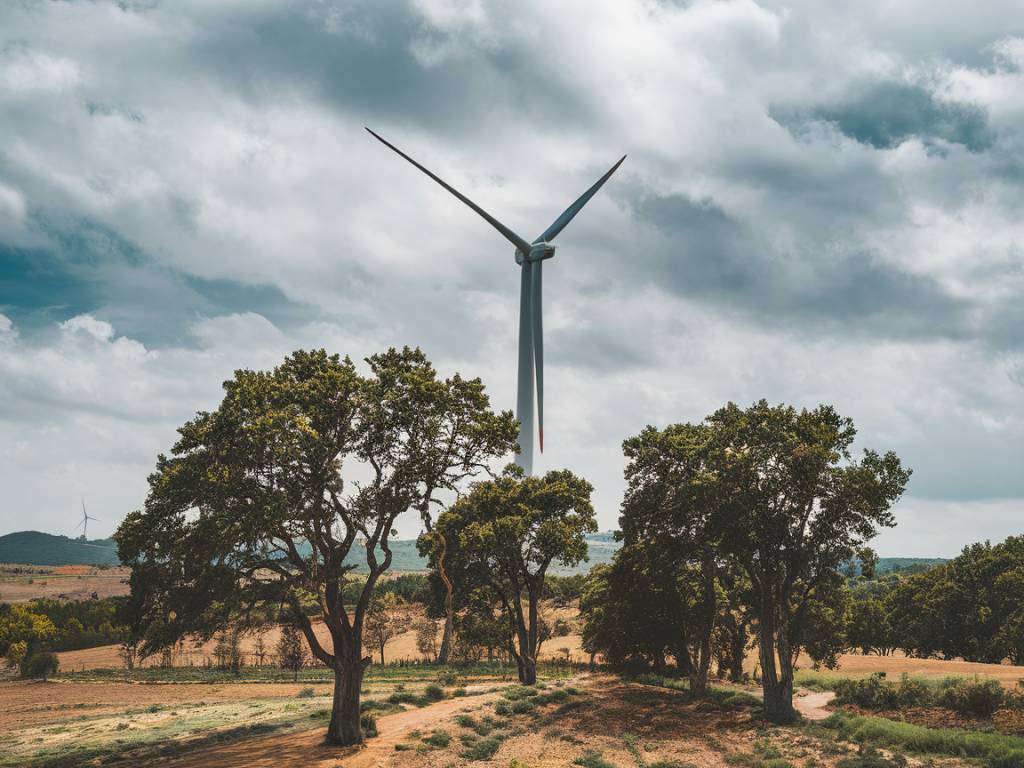The Hidden Cost of Illegal Wildlife Trade
Imagine walking through a vibrant forest teeming with life—only to find it eerily silent due to the absence of creatures that once danced through its foliage. This unsettling reality is an indirect result of a shadowy crisis threatening global ecosystems: illegal wildlife trade. It’s a market so vast and insidious that it jeopardizes both biodiversity and our collective environmental heritage. But how is this trade affecting our planet, and why should we care?
A Billion-Dollar Underworld
Illegal wildlife trade is not just a minor skirmish at the fringes of global trade—it’s a booming business, with estimates ranging between $7 billion and $23 billion annually. From the majestic elephant to the elusive pangolin, countless species are trapped, trafficked, and sold. The demand spans continents, driven by a mix of desires—luxury goods, traditional medicine, and exotic pets. Yet, while this industry thrives in the shadows, its repercussions rip through the very fabric of ecosystems worldwide.
The Ripple Effect on Biodiversity
When specific species are removed from their natural habitats, the equilibrium is disrupted. Consider the case of the African elephant: these gentle giants play a crucial role in seed dispersal and forest regeneration. With fewer elephants due to poaching, an ecological domino effect ensues. The forest composition changes, affecting other species dependent on certain plants. Suddenly, it’s not just elephants at risk—it’s an entire ecosystem.
What’s more, the illegal trade often targets keystone species—those that have a disproportionately large effect on their environment relative to their abundance. The loss of such species can lead to the collapse of entire ecosystems, showcasing just how interconnected our natural world truly is.
A Threat to Wildlife Conservation Efforts
With conservationists working tirelessly to protect endangered species, illegal wildlife trade undermines their efforts from every angle. It’s akin to bailing water from a sinking ship without plugging the leaks. Many species that are trafficked are already on the brink of extinction, and their removal from the wild for illegal trade hinders any hope of population recovery.
Furthermore, funds that could be used for conservation are instead diverted towards law enforcement and anti-poaching measures. What if these resources could be spent on education and community engagement instead?
The Human Component
Illegal wildlife trade isn’t only an environmental issue; it’s a human one too. Local communities, often those in direct contact with these biodiverse areas, face the brunt of the consequences. They lose potential eco-tourism revenue and suffer from diminished natural resources. Meanwhile, organized crime syndicates profit, expanding their reach into vulnerable populations.
Additionally, there’s a health dimension to consider. The trafficking of wild animals heightens the risk of zoonotic disease transmission—think COVID-19 and SARS. When species are crammed into unsanitary conditions for trade, they become breeding grounds for pathogens, escalating the probability of new disease outbreaks.
Strategies for Combatting Wildlife Trafficking
Tackling this issue demands a multifaceted approach. First, strengthening and enforcing international laws such as CITES (Convention on International Trade in Endangered Species of Wild Fauna and Flora) is vital. But are regulations alone enough to curb this billion-dollar industry?
- Community Involvement: Engaging local communities in conservation efforts not only aids in protection but also offers alternative livelihood options.
- Technology and Innovation: From drones to DNA forensics, employing modern technology can bolster enforcement and monitoring efforts.
- Consumer Awareness: Educating consumers about the impacts of their choices can lessen demand, effectively cutting off the supply chain.
Every Choice Matters
In this interconnected world, the impact of illegal wildlife trade ripples far beyond poachers and traders. It is a stark reminder of how fragile our ecosystems are and how every purchase and policy can either fortify or fracture the natural world. So, the next time you see an exotic animal product for sale, or hear of conservation efforts in your community, ask yourself: what side of the trade do I support?
The journey to preserving our global ecosystems is arduous, but with informed choices and collective effort, we can counteract the insidious reach of illegal wildlife trade. In doing so, we inch closer to a world where biodiversity thrives unimpeded, and the haunting silence of empty forests is replaced once more by nature’s symphony.




